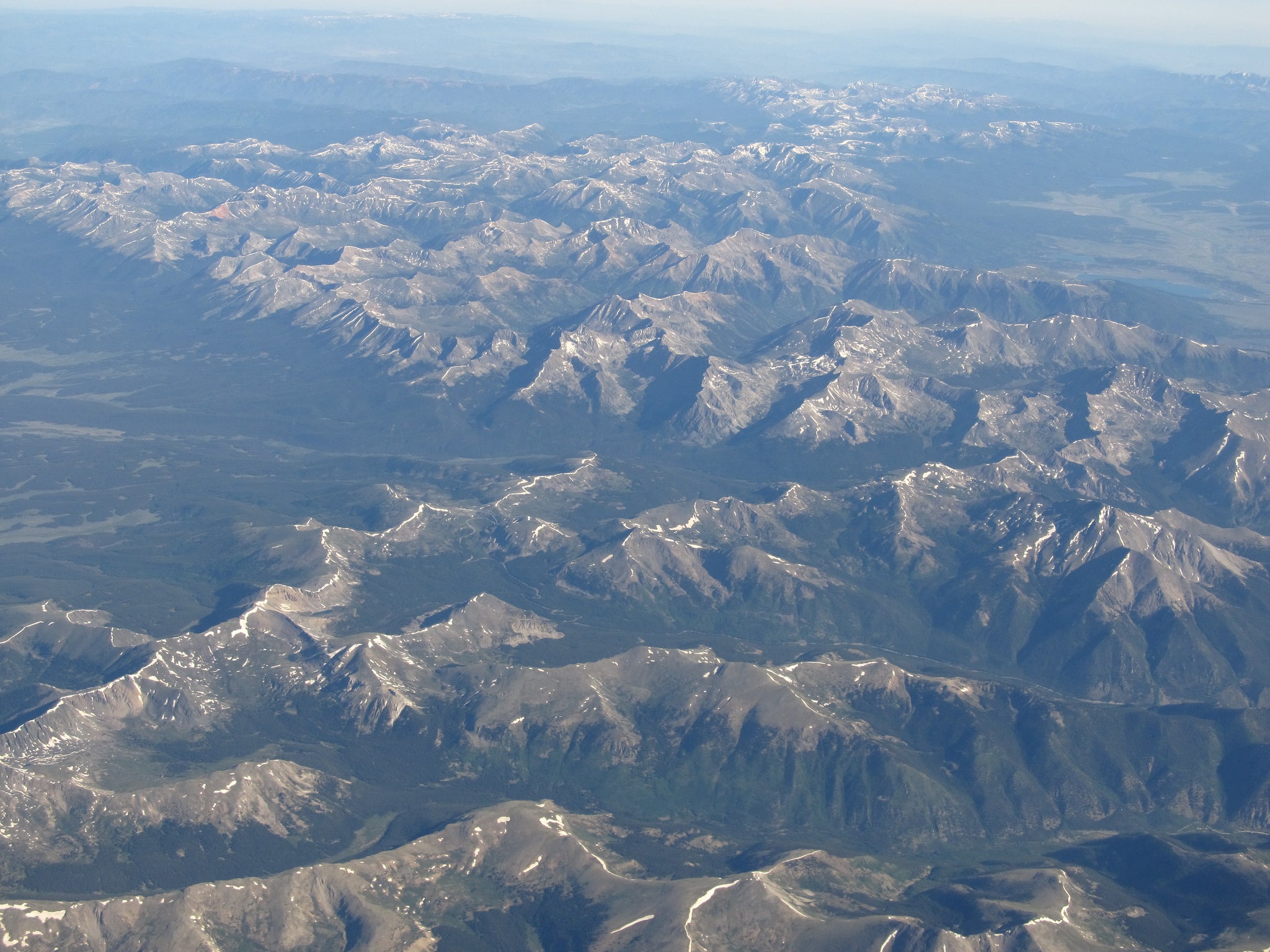First-aid kits: Stock supplies that can save lives
A well-stocked first-aid kit can help you respond effectively to common injuries and emergencies. Keep at least one first-aid kit in your home and one in your car. Store your kits someplace easy to get to and out of the reach of young children. Make sure children old enough to understand the purpose of the kits know where they’re stored.
You can buy first-aid kits at many drugstores or assemble your own. You may want to tailor your kit based on your activities and needs. A first-aid kit might include:
Basic supplies
- Adhesive tape
- Elastic wrap bandages
- Bandage strips and “butterfly” bandages in assorted sizes
- Super glue
- Rubber tourniquet or 16 French catheter
- Nonstick sterile bandages and roller gauze in assorted sizes
- Eye shield or pad
- Large triangular bandage (may be used as a sling)
- Aluminum finger splint
- Instant cold packs
- Cotton balls and cotton-tipped swabs
- Disposable nonlatex examination gloves, several pairs
- Duct tape
- Petroleum jelly or other lubricant
- Plastic bags, assorted sizes
- Safety pins in assorted sizes
- Scissors and tweezers
- Hand sanitizer
- Antibiotic ointment
- Antiseptic solution and towelettes
- Eyewash solution
- Thermometer
- Turkey baster or other bulb suction device for flushing wounds
- Sterile saline for irrigation, flushing
- Breathing barrier (surgical mask)
- Syringe, medicine cup or spoon
- First-aid manual
- Hydrogen peroxide to disinfect
Medications
- Aloe vera gel
- Calamine lotion
- Anti-diarrhea medication
- Laxative
- Antacids
- Antihistamine, such as diphenhydramine
- Hydrocortisone cream
- Cough and cold medications
- Personal medications that don’t need refrigeration
- Auto-injector of epinephrine, if prescribed by your doctor
- Pain relievers, such as acetaminophen (Tylenol, others), ibuprofen (Advil, Motrin IB, others)
Consider keeping aspirin in your first-aid kit, as well. Aspirin may be life-saving in an adult with chest pain. If you or someone else has new or unexplained chest pain or may be having a heart attack, call for emergency medical help immediately. Then chew a regular-strength aspirin. However, don’t take aspirin if you are allergic to aspirin, have bleeding problems or take another blood-thinning medication, or if your doctor previously told you not to do so.
Never give aspirin to children.
Emergency items
- Emergency phone numbers, including contact information for your family doctor and pediatrician, local emergency services, emergency road service providers, and the poison help line, which in the United States is 800-222-1222.
- Medical consent forms for each family member
- Medical history forms for each family member
- Small, waterproof flashlight or headlamp and extra batteries
- Waterproof matches
- Small notepad and waterproof writing instrument
- Emergency space blanket
- Cell phone with solar charger
- Sunscreen
- Insect repellant
Give your kit a checkup
Check your first-aid kits regularly to be sure the flashlight batteries work and to replace supplies that have expired or been used up.
Consider taking a first-aid course through the American Red Cross. Contact your local chapter for information on classes.
Prepare children for medical emergencies in age-appropriate ways. The American Red Cross offers a number of helpful resources, including classes designed to help children understand and use first-aid techniques.





